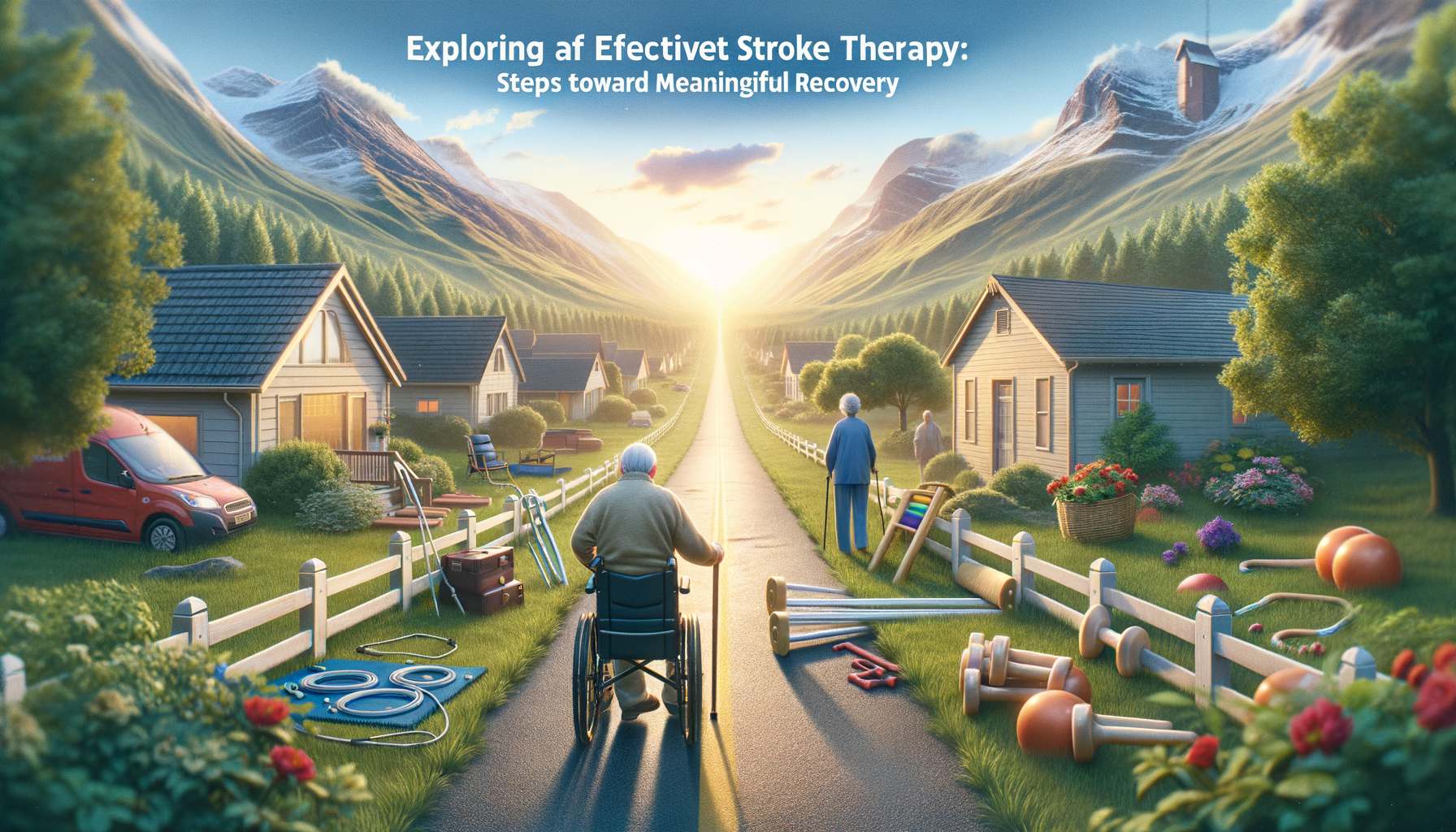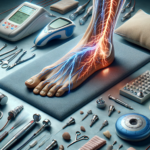Introduction to Stroke Therapy
Stroke therapy is a crucial component in the journey to recovery after a stroke. The importance of effective stroke therapy cannot be overstated, as it directly impacts the quality of life and independence of individuals affected by this condition. A stroke occurs when the blood supply to part of the brain is interrupted, leading to potential damage or death of brain cells. This can result in a range of physical and cognitive impairments, making rehabilitation essential. Stroke therapy encompasses a variety of methods designed to help individuals regain lost functions and adapt to new ways of performing daily tasks.
Effective stroke therapy is tailored to the unique needs of each patient, focusing on areas such as mobility, speech, and cognitive skills. By understanding the different therapy options available, patients and caregivers can make informed decisions that support a successful recovery. This article delves into the various aspects of stroke therapy, offering insights into how these approaches can facilitate meaningful progress.
Physical Rehabilitation: Regaining Mobility
Physical rehabilitation is a cornerstone of stroke therapy, aimed at helping individuals regain strength, balance, and coordination. The journey to regaining mobility often begins with physical therapy, where exercises are designed to improve muscle strength and flexibility. Therapists work closely with patients to develop personalized exercise plans that target specific areas affected by the stroke. These exercises may include:
- Range-of-motion exercises to reduce stiffness and improve flexibility.
- Strengthening exercises to rebuild muscle power.
- Balance and coordination activities to enhance stability.
Assistive devices such as walkers, canes, or braces may be introduced to support mobility and independence. The goal is to enable individuals to perform daily activities with greater ease and confidence. Research shows that early and intensive physical rehabilitation can significantly improve outcomes, highlighting the importance of starting therapy as soon as possible after a stroke.
Speech Therapy: Rebuilding Communication Skills
Speech therapy plays a vital role in stroke recovery, especially for those who experience aphasia—a condition affecting the ability to communicate. A speech-language pathologist (SLP) assesses the individual’s speech and language abilities and creates a customized therapy plan. This plan may involve exercises to improve articulation, language comprehension, and cognitive-communication skills.
Speech therapy techniques can include:
- Practicing speech sounds and words to improve clarity.
- Using picture cards or apps to enhance language comprehension.
- Engaging in conversational exercises to build confidence in speaking.
In addition to traditional methods, technology has introduced innovative tools such as speech-generating devices and specialized software that aid communication. The integration of these tools can provide additional support, allowing individuals to express themselves more effectively and participate in social interactions. Consistent practice and encouragement from family members and caregivers are crucial in reinforcing the skills learned during therapy sessions.
Occupational Therapy: Enhancing Daily Living Skills
Occupational therapy focuses on helping stroke survivors regain the ability to perform daily activities, such as dressing, bathing, and cooking. Occupational therapists work with patients to develop strategies that promote independence and improve quality of life. This form of therapy emphasizes adapting tasks and environments to meet the needs of the individual.
Key aspects of occupational therapy include:
- Assessing the home environment and recommending modifications for safety and accessibility.
- Teaching adaptive techniques for daily tasks, such as using one-handed methods or specialized utensils.
- Improving fine motor skills through targeted exercises and activities.
Occupational therapy also addresses cognitive and perceptual challenges, helping individuals develop problem-solving skills and improve memory and attention. By focusing on practical skills and real-world applications, occupational therapy empowers stroke survivors to lead more independent and fulfilling lives. The collaborative approach between therapists, patients, and caregivers ensures that therapy goals are aligned with the individual’s personal aspirations and lifestyle.
Conclusion: The Path to Recovery
Recovering from a stroke is a complex and ongoing process that requires dedication, patience, and the right therapeutic approach. Effective stroke therapy encompasses a range of methods tailored to the unique needs of each individual, addressing physical, speech, and occupational challenges. By engaging in comprehensive rehabilitation programs, stroke survivors can make significant strides toward regaining independence and improving their quality of life.
The journey to recovery is supported by healthcare professionals, caregivers, and loved ones who play a vital role in providing encouragement and assistance. As new therapies and technologies continue to emerge, the possibilities for stroke recovery expand, offering hope and opportunities for meaningful progress. Ultimately, the success of stroke therapy lies in the commitment to continuous improvement and adaptation, ensuring that individuals can overcome obstacles and achieve their personal goals.








